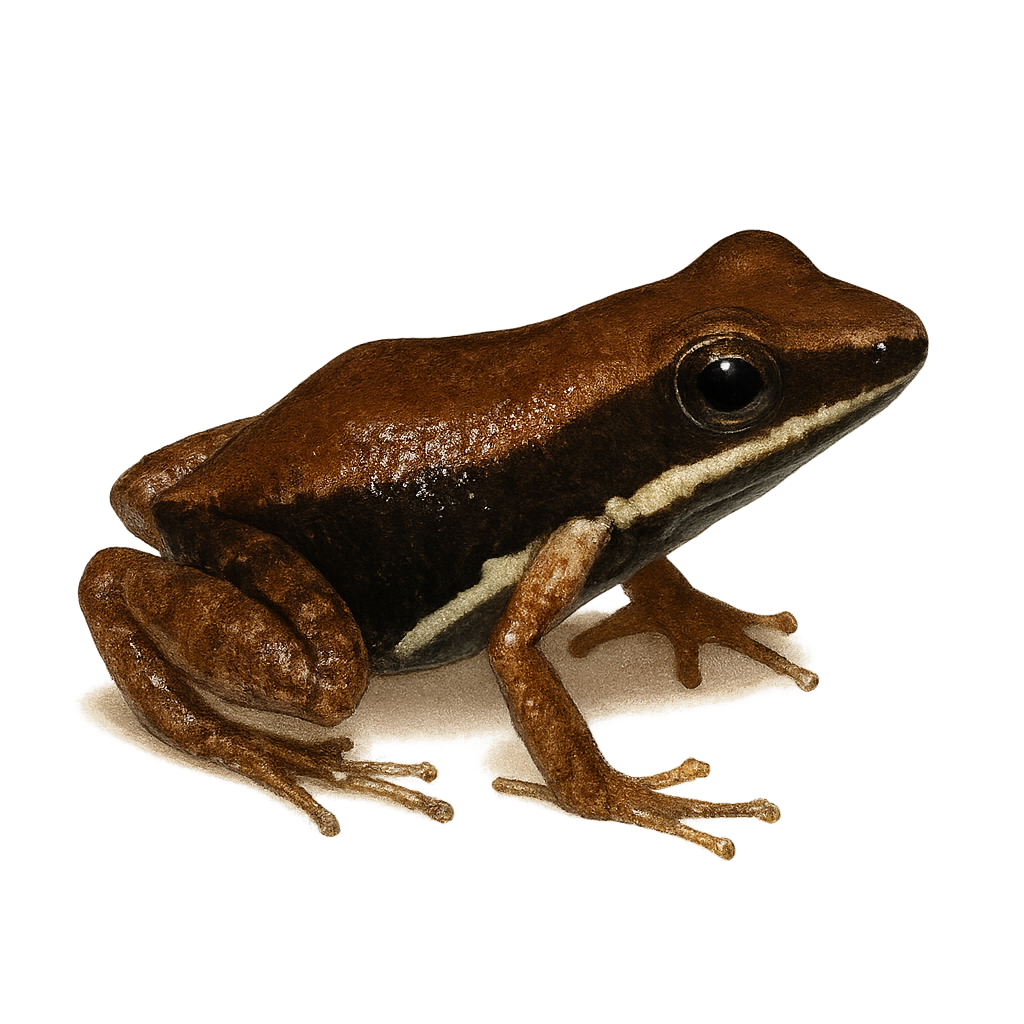Your wildlife photography guide.
Explore the marbled poison frog in detail, study its behavior, prepare your shots.
Where to observe and photograph the marbled poison frog in the wild
Learn where and when to spot the marbled poison frog in the wild, how to identify the species based on distinctive features, and what natural environments it inhabits. The WildlifePhotographer app offers tailored photography tips that reflect the marbled poison frog’s behavior, helping you capture better wildlife images. Explore the full species profile for key information including description, habitat, active periods, and approach techniques.
Marbled poison frog
Scientific name: Epipedobates boulengeri

IUCN Status: Least Concern
Family: DENDROBATIDAE
Group: Amphibians
Sensitivity to human approach: Suspicious
Minimum approach distance: 2 m
Reproduction period: March to April
Incubation: 10–14 jours
Births: April to May
Habitat:
Tropical rainforests, undergrowth, temporary aquatic areas
Activity period :
Primarily active during the day, with peak activity in the morning and late afternoon.
Identification and description:
Marbled poison frog is a small, brightly colored frog native to the humid tropical forests of South America, mainly in Ecuador and Colombia. It is easily recognizable by its smooth skin and vivid patterns of red, orange, and black. This species is known for its toxicity, producing potent alkaloids that deter predators. It typically inhabits moist undergrowth, feeding primarily on small insects. Males are territorial and use vocalizations to attract females and ward off rivals. Reproduction occurs in temporary aquatic environments, where tadpoles develop before becoming adult frogs.
Recommended lens:
Macro – adjust based on distance, desired framing (portrait or habitat), and approach conditions.
Photography tips:
To photograph Epipedobates boulengeri, it is advisable to use a macro lens to capture the details of its colorful patterns. Approach slowly to avoid scaring the frog, as it is suspicious. Look for it in moist undergrowth, especially after rain, when activity is higher. Take advantage of natural daylight to get vivid colors and use a tripod to stabilize your camera. Be patient and wait for the frog to settle in an interesting position to capture a striking image.
The WildlifePhotographer App is coming soon!
Be the first to explore the best nature spots, track rutting seasons, log your observations, and observe more wildlife.
Already 1 429 wildlife lovers subscribed worldwide

